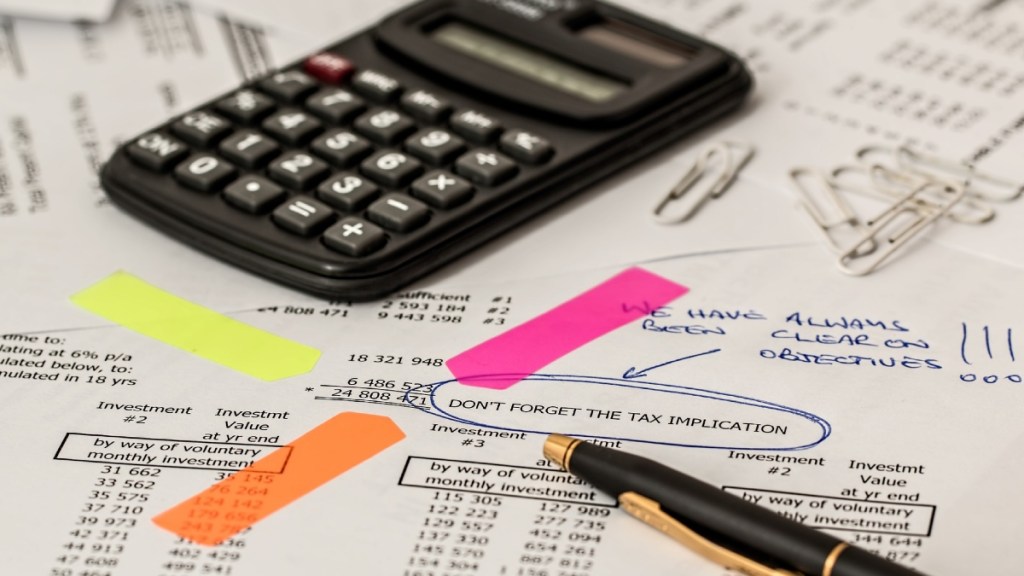What is the rate rationalisation exercise?
The exercise is an attempt by the GST Council to rejig the GST rates levied on a clutch of items, based on the current industry dynamics, while keeping in mind the aspect of revenue neutrality, that is changing tax rates without any major loss in revenue collections. The overarching aim is to simplify the tax rates, along with garnering additional revenue to compensate for losses from a potential cut in tax rates on health and life insurance premiums.
Rate rationalisation, as such, has been happening since the inception of the regime in 2017. But the latest round is likely to tweak the rates for around 150 items. Sources say the aim of the exercise is to review, revise, and simplify GST rates for different items, which are of the same kind. Many items, which were considered luxuries earlier and attract a 28% levy now, may also face a cut in rates, due to change in consumption patterns. Cement, air conditioners and some automobile parts, which attract 28% GST now, may see it lowered to 18%.
Is there a potential for additional revenue collection?
Yes. The rate rejig exercise may fetch an additional revenue of Rs 25,000 crore per year. This revenue is likely to be shared equally between the Union government and the state governments. However, as the GST Council is also looking to reduce the GST rates on health and life insurance premiums, the net revenue gain (from rate rationalisation) may not be substantial. In fact, tax experts indicate that the rate rejig is primarily being done to compensate for the revenue loss from potential cuts on insurance premium tax rates.
Currently, 18% GST is levied on health and life insurance premiums. The revenue collected from this was around Rs 16,000 crore in FY24. In the past five financial years, the total revenue collection from GST on health and life insurance premiums was Rs 52,000 crore. A cut in GST rate on insurance premiums would not only provide financial relief to policyholders but may help in increasing insurance penetration in the country.
In FY24, gross GST collections were Rs 20.14 lakh crore, up 11.7% from Rs 18.10 lakh crore in FY23.
Items that may see changes in rates
The GST Council’s six-member Group of Ministers (GoM) panel has recommended changes in tax rates for 148 items, which include readymade garments, leather products, packaged water, tobacco products, aerated drinks, high-end wrist watches and shoes, cycles, exercise notebooks.
Sources say the GoM has decided to recommend slashing the GST on readymade garments priced up to Rs 1,500 to 5% from 12%; but for garments priced between Rs 1,500 and Rs 10,000, it has proposed to hike it to 18% from 12%. The panel has also decided to suggest lowering GST rates to 5% for 20-litre packaged drinking water bottles (existing 18%), bicycles (18%) and exercise notebooks (12%); and raising the GST on wristwatches priced above Rs 25,000 and shoes above Rs 15,000 to 28% from 18% currently. Moreover, the GoM has proposed a ‘special rate’ of 35% on several sin items such as tobacco, tobacco products and aerated beverages. Currently, assorted tobacco items, pan masala and aerated water are among those attracting 28% tax. Some sources, however, say these items may attract a 40% rate, the highest permissible rate.
Will the rejig ensure a revenue neutral rate?
Most tax experts don’t think that will be possible. The revenue neutral rate (RNR) is the rate of tax at which the government collects the same amount of revenue even after changes in tax laws. Since its implementation, the GST system has undergone several revisions to streamline the process and promote ease of doing business, which has led to tax rates coming down.
Finance minister Nirmala Sitharaman in September had said the GST rate is much below the RNR, which was originally suggested at 15.3%. She had said there is a need to raise revenue, but simplifying, easing, and ensuring compliance for taxpayers comes first.
In 2017, the RNR was around 15% and fell to around 11% by 2019 as GST rates on many products came down. In FY24, the average GST rate was 11.6%, per the finance ministry. Also, in FY24, the 28% slab accounted for 13-15% of the GST kitty, the 18% slab contributed the highest at 70-75%, while the 12% slab accounted for 5-6% and the 5% slab 6-8%.
Is merger of slabs also on the agenda?
No, the council is unlikely to discuss the merging of GST slabs, as there is a general view among states that it may cause substantial loss of revenue for them. Sources have, however, indicated that the fitment committee of the GST Council, which consists of officials from both the Centre and the states, has prepared a possible 3-tier GST structure, which can be adopted in place of the extant 4-slab framework. But right now, that recommendation is not being considered for discussion by the Council.
The four slabs are: 5%, 12%, 18%, and 28%. Earlier, sources in the ministry had told FE that the fitment committee of the GST Council believes that a three-slab structure – of 9%, 18%, and 27% — should replace the current four-tier structure.

